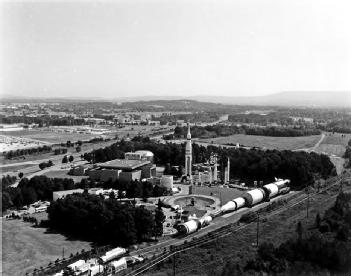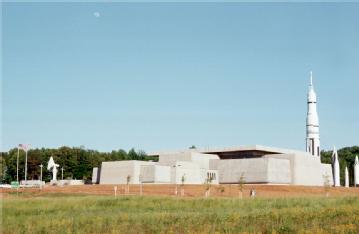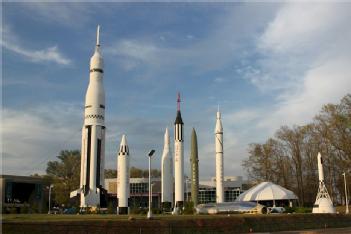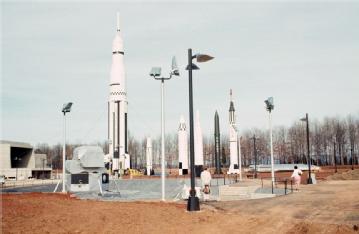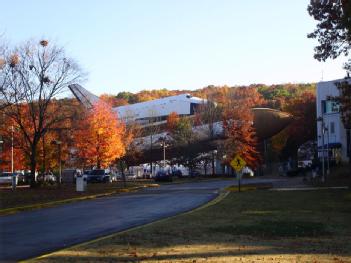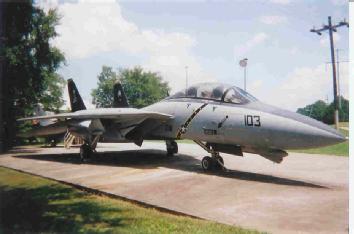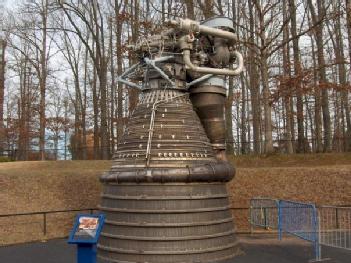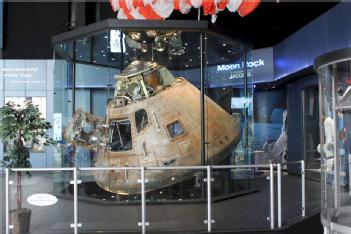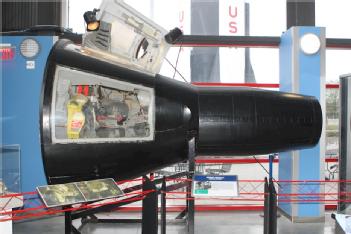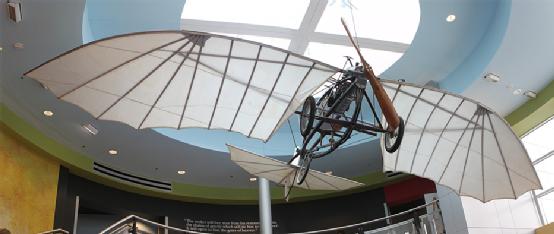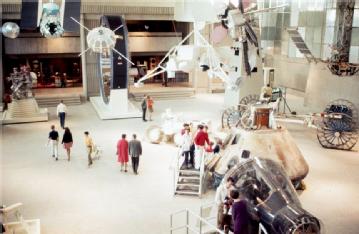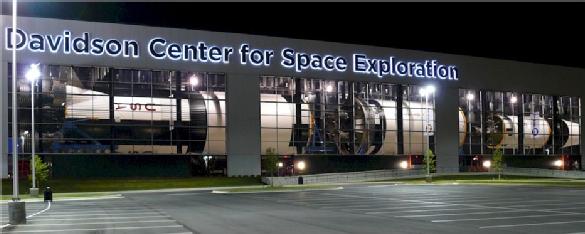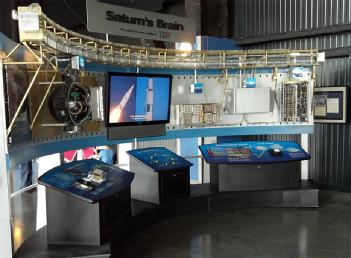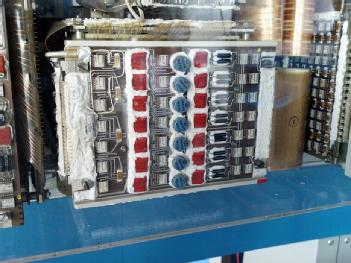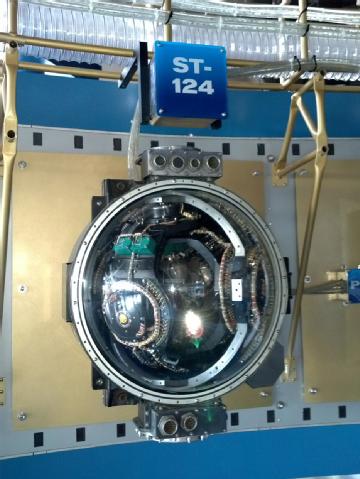| Description |
Admission includes access to historic Shuttle Park, Rocket Park, and all indoor exhibit areas such as the main museum atrium and the Davidson Center for Space Exploration.
From Wikipedia, the free encyclopedia:
The U.S. Space & Rocket Center in Huntsville, Alabama is a museum operated by the government of Alabama, showcasing rockets, achievements, and artifacts of the U.S. space program. Sometimes billed as "Earth's largest space museum", astronaut Owen Garriott described the place as, "a great way to learn about space in a town that has embraced the space program from the very beginning."
Opened in 1970 the center not only showcases Apollo Program hardware but also houses interactive science exhibits, Space Shuttle and Army rocketry and aircraft. With more than 1,500 permanent rocketry and space exploration artifacts, as well as many rotating rocketry and space-related exhibits, the center occupies land carved out of Redstone Arsenal adjacent to Huntsville Botanical Garden.
Two camp programs offer visitors the opportunity to stay on the grounds and learn more about their respective subject matter. U.S. Space Camp gives an in-depth exposure to the space program through participant use of simulators, lectures, and training exercises. Similarly, Aviation Challenge offers a taste of military fighter pilot training including simulations, lectures, and survival exercises. Both camps provide residential and day camp educational programs for children and adults.
Exhibits
The U.S. Space & Rocket Center has one of the most extensive collections of space artifacts and displays more than 1500 pieces. Displays include rockets, engines, spacecraft, simulators, and hands-on exhibits.
The Space & Rocket Center introduces visitors to U.S. rocketry efforts from its predecessor at Peenemünde with the German V-1 flying bomb, through a progression of U.S. military rockets up to the Saturn rocket family civilian rockets, and on to the Space Shuttle. The Saturn V Dynamic Test Vehicle, the only Saturn V of the three on display to have been brought together outside a museum, is displayed overhead in a new building designed specifically for the rocket. The Space Shuttle Pathfinder was the first Space Shuttle — a mockup made of steel and wood to test facilities for handling the vehicle — and it now sits atop an external tank with solid rocket boosters attached.
The center showcases significant military rockets, including representatives of the Project Nike series, which formed the first ballistic missile defense, MIM-23 Hawk surface-to-air missile, Hermes, an early surface-to-surface missile, MGR-1 Honest John and Corporal nuclear missiles, Pershing medium-range ballistic missile, and Patriot, first used in the Gulf War of 1991.
The rocketry collection includes numerous engines, as well. In addition to the authentic engines mounted on rockets on display, the museum has unmounted engines on display, including two F-1s, the type of gigantic engine that produced 1,500,000 pounds (680,000 N) to push Saturn Vs off the launch pad, J-2 engine that powered second and third stages of the Saturn V, and both Descent and Ascent Propulsion System (DPS/APS) engines for the Lunar Module. Engines from the V-2 engine to NERVA to the Space Shuttle Main Engine are on display as well.
The Apollo program gets full coverage in the Davidson Center for Space Exploration with artifacts outlining Apollo missions. Astronauts crossed the service structure's red walkway to the White Room, both on display, and climbed in the Command Module atop a Saturn V which was their cabin for the trip to the moon and back. Apollo 16's command module is on display. The Saturn V Instrument Unit controlled five F-1 engines in the first stage of the rocket as it lifted off the pad. |







